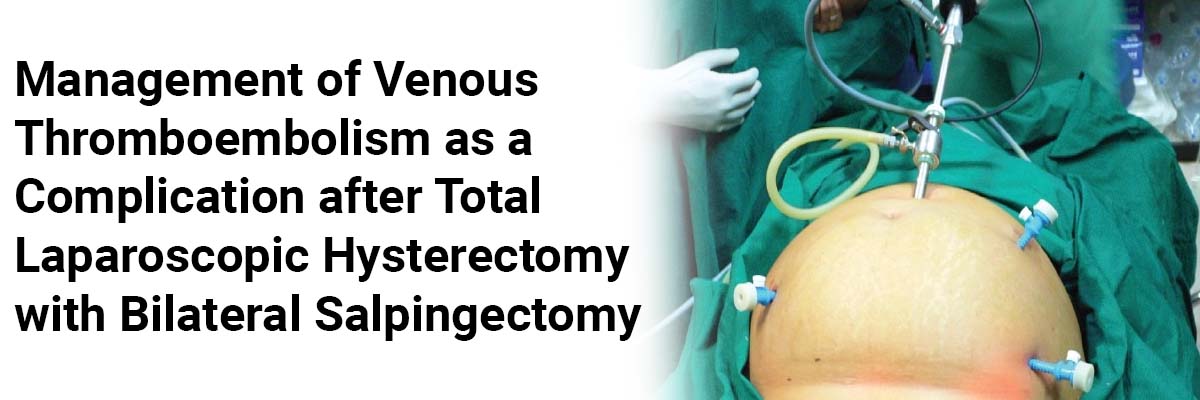
 IJCP Editorial Team
IJCP Editorial Team
Management of venous thromboembolism as a complication after Total laparoscopic hysterectomy with bilateral salpingectomy
A 49-year-old woman of moderate build and normal body mass index (BMI) presented with heavy menstrual bleeding with blood clots for the past two months––and required 3-4 sanitary napkins per day.
She had a history of meningioma diagnosed two years ago, which remained stable on serial magnetic resonance imaging (MRI). The patient was currently on Levipil 500 mg thrice daily and Nicerbium once daily. An endometrial biopsy indicated cystic hyperplasia without atypia.
The clinical presentation and investigations led to a diagnosis of adenomyosis and abnormal uterine bleeding (AUB-M). Examinations revealed normal vital signs and systemic and blood parameters were within normal limits. Echocardiography demonstrated normal chambers and an ejection fraction (EF) of 60%. The pre-anesthesia check (PAC) assigned the patient an American Society of Anesthesiologists (ASA) score of 2. Transvaginal laparoscopic hysterectomy (TLH) and bilateral salpingectomy were performed under general anesthesia.
During the laparoscopic procedure, the slightly bulky uterus was observed, with adhesions on the left side tube and ovaries. Adhesiolysis of the left side adnexa was performed, achieving hemostasis. The uterus, along with both fallopian tubes, was removed for histopathological examination. The total operation time was two hours.
Post-surgery, the patient's vitals remained normal, and early mobilization was initiated. On the 2nd postoperative day, the patient experienced difficulty breathing and chest pain. Examination revealed a high pulse rate, reduced oxygen saturation (Spo2), and blood pressure within normal range. Crepitations were noted on the left lower respiratory side. Electrocardiogram (ECG) showed sinus tachycardia with non-specific ST and T-wave changes. A computed tomography pulmonary angiogram (CTPA) confirmed pulmonary thromboembolism affecting both pulmonary arteries. The patient was diagnosed with acute pulmonary embolism (PE), a life-threatening condition.
She was promptly shifted to the ICU for continued care. Treatment included injectable low-molecular-weight heparin (LMWH), diuretics, oxygen support, nebulization, antibiotics, and supportive drugs. Continuous vital monitoring and gradual weaning off of oxygen support ensued. The lady was discharged after five days of oral anticoagulation medications.
This case emphasizes recognizing and managing postoperative venous thromboembolism (VTE), even in low-risk patients. Further research is necessary to identify additional risk factors for improved risk stratification and modification of pre-operative care to prevent such life-threatening complications.
Source: Dixit A. Indian J ObstetGynecol Res 2023;10(4):505-507

IJCP Editorial Team
Comprising seasoned professionals and experts from the medical field, the IJCP editorial team is dedicated to delivering timely and accurate content and thriving to provide attention-grabbing information for the readers. What sets them apart are their diverse expertise, spanning academia, research, and clinical practice, and their dedication to upholding the highest standards of quality and integrity. With a wealth of experience and a commitment to excellence, the IJCP editorial team strives to provide valuable perspectives, the latest trends, and in-depth analyses across various medical domains, all in a way that keeps you interested and engaged.




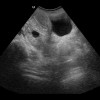
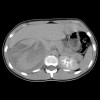










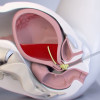

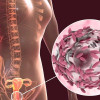
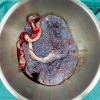

Please login to comment on this article